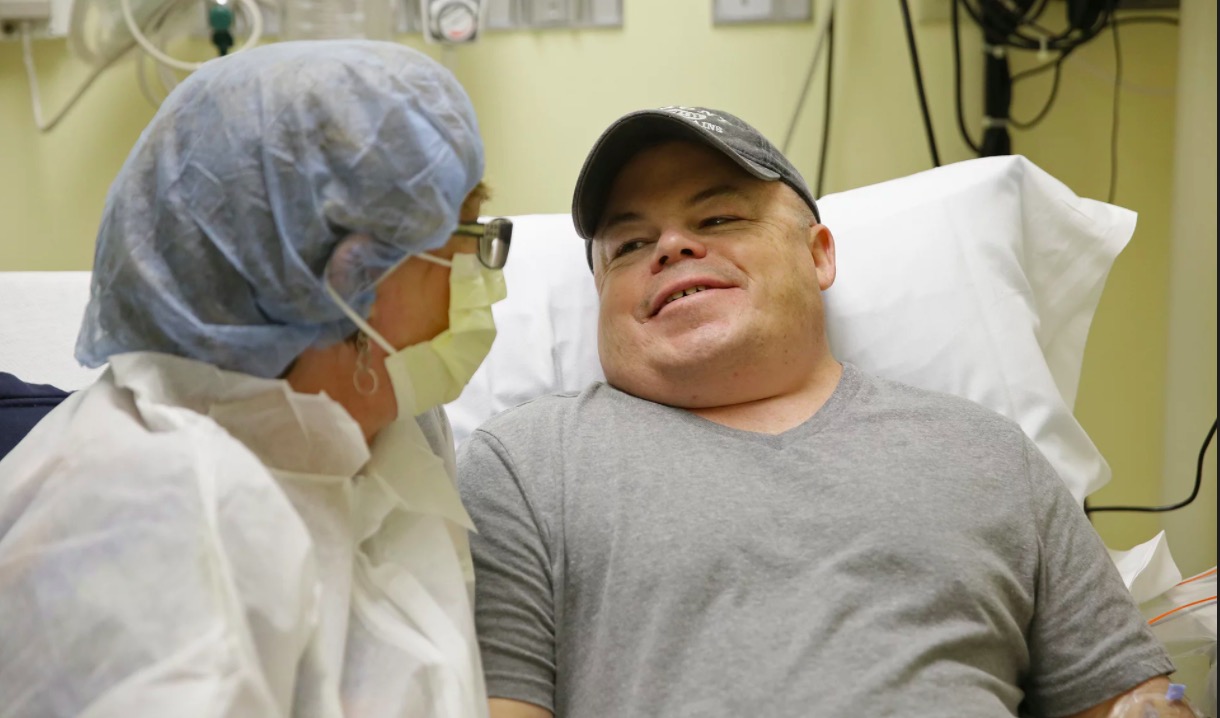This week, scientists tried to edit (and therefore permanently change) a specific gene inside of Brian Madeux, in a “bold attempt” to fix his incurable Hunter syndrome. Signs of whether it worked may come in a month but tests will confirm in three months.
RELATED STORY:
“…44-year-old Brian Madeux intravenously received billions of copies of a corrective gene and a genetic tool to cut his DNA in a precise spot.
If successful, the new technique could give a major boost to the fledgling field of gene therapy. Scientists have edited people’s genes before, altering cells in the lab that are then returned to patients. There also are gene therapies that do not involve editing DNA.
But these methods can only be used for a few types of diseases. Some give results that may not last. Some others supply a new gene like a spare part, but can’t control where it inserts in the DNA, possibly causing a new problem, such as cancer.”1
Essentially, your DNA is cut open so a gene can be added but once it’s done- it’s done. There is no way to erase any mistakes the editing process might cause. And honestly, the risks can’t be fully known, although there are “protections” put in place to try and ensure safety.
RELATED STORY:
Madeux’s therapy had three parts: the new gene and two zinc finger proteins.
“DNA instructions for each part are placed in a virus that has been altered to not cause infection but instead to ferry them into cells. Billions of copies of these are given to the patient intravenously.
They travel to the liver, where cells use the instructions to make the zinc fingers and prepare the corrective gene. The fingers cut the DNA, allowing the new gene to slip in. The new gene then directs the cell to make the enzyme the patient lacked.
Only 1% of liver cells would have to be corrected to successfully treat the disease, said Madeux’s physician and study leader, Dr Paul Harmatz.”2
While legitimate safety concerns plagued earlier gene therapies, the new studies “use a different virus that has proved much safer in other experiments.”3 Hank Greely, a Stanford University bioethicist said, “When you stick a chunk of DNA in randomly, sometimes it works well, sometimes it does nothing and sometimes it causes harm. The advantage with gene editing is you can put the gene in where you want it.”4
Madeux is hopeful. And if this goes well the potential to help others is huge. We will update you as more information becomes available.












